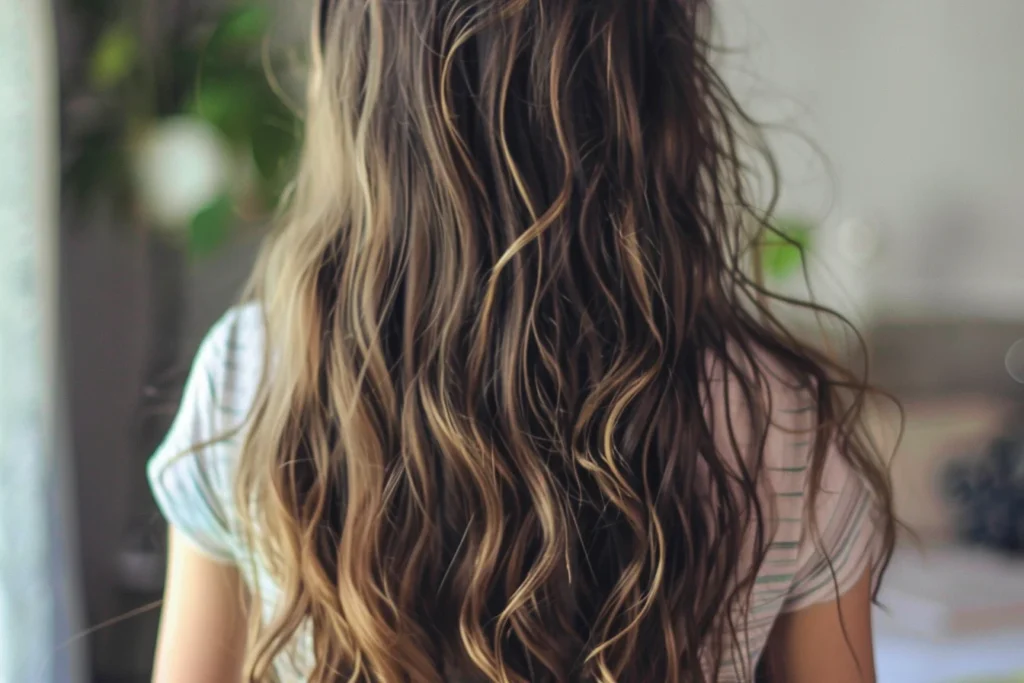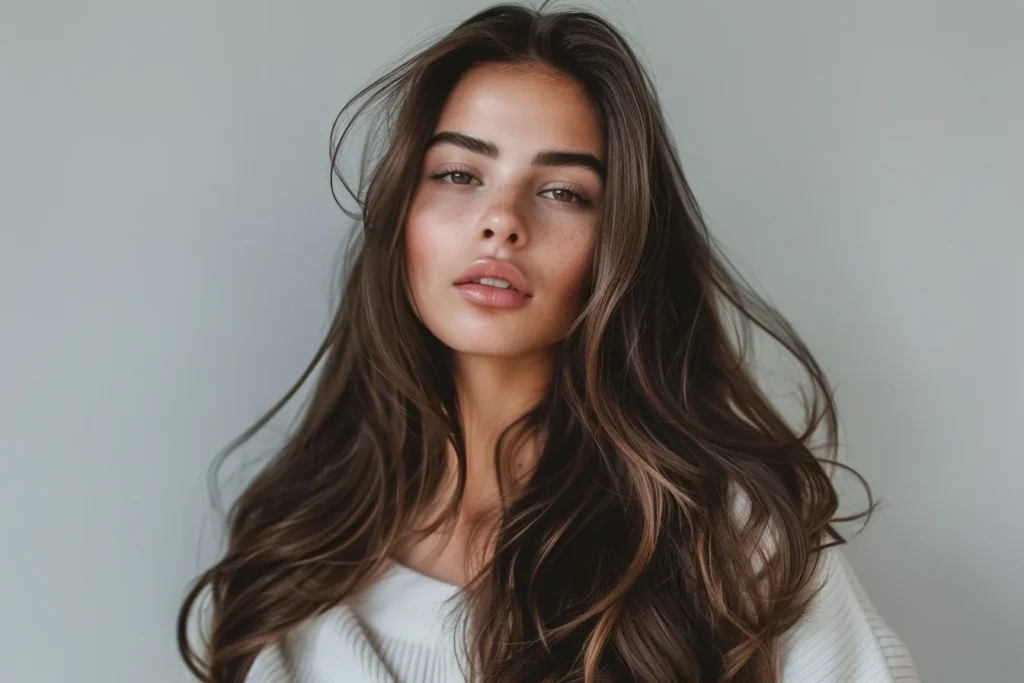Over the years, I have tried various home remedies for hair care. One such remedy is castor oil.
It has been heavily advertised in beauty circles as a great stimulant for the growth of hair but research and personal use have enlightened me on what it can actually do as well as its limitations.
Castor oil which is derived from castor beans found in the Ricinus communis plant is primarily used in soaps to lubricants because it contains a high amount of ricinoleic acid, an unsaturated fatty acid.
While this oil is quite thick and pale yellow and has anti-microbial properties that protect against fungi and some other micro-organisms, it is important to note that there are things that castor oil cannot do to your hair.
Most dermatologists like Dr Naana Boakye debunked misguided myths surrounding this product. There is no scientific evidence based data that corroborates the fact that using castor oil helps in increasing hair length or volume.
This understanding about how best to put the oil to good use in my hair care was essential.
Importance of Castor Oil for Hair

Even though there are no proof that applying castor oil will stimulate hair growth, its moisturizing effects are greatly felt. It acts as an occlusive agent by forming a layer around the shaft thus keeping all moisture locked inside the body.
Consequently, it will reduce breakage chances hence enhancing shine making them look healthier and shinier than before.
In addition, said substance can also help manage both dry scalp or dandruff since it relieves inflammation due to one of its constituents called ricinoleic acid which soothes inflammation.
How Castor Oil Should Be Used
I have deliberately incorporated castor oil into my regimen with specific purposes because of these benefits.
These are tips I have learned:
Choose the Right Kind: Always go for cold-pressed castor oil that undergoes extraction without heat or chemicals ensuring that it remains its natural ingredients.
Use Sparingly: This oil is highly concentrated and just a little amount goes a long way. Thus, I use it sparingly to avoid weighing down my hair or making it too greasy.
Pay Attention to the Scalp and Dry Areas: It is mainly applied on my scalp as well as dry spots within the hair by gently rubbing in order to hydrate and relieve irritation respectively.
Results Obtained
Using castor oil has improved the manageability and luster of my hair, especially during dry seasons. Although this product does not make my hair grow faster, it plays an important role in keeping it healthy and preventing dryness or breakage.
Dr. Boakye’s perspective agrees with this conclusion since castor oil isn’t a panacea for growth but an invaluable tool for keeping one’s natural curls healthy and well-nourished.
Finally, for moisture retention purposes rather than increasing growth, castor oil is a must-have in my hair care regimen. It nourishes my hair while maintaining its natural beauty and strength.
Although I have included castor oil and other natural remedies in my hair treatments, I’ve gotten used to understanding the risks involved.
New York-based trichologist Penny James and board-certified dermatologist Dr. Naana Boakye, however, both stress the negative side of using castor oil which is acute hair felting.

This condition brings about severely tangled and matted hairs that are nearly irreversible according to them. In most cases, one has no option but to cut out the matted hair at all because it is a severe measure that a person can use when trying to maintain or grow their own hair.
The major challenge with castor oil is its extreme thickness. It can easily build up on the hair and scalp making it difficult to wash out due to its thick syrupy texture. Even minute quantities may stubbornly stick onto the strands thus needing a brutal shampooing itself damaging those strands.
How To Use Castor Oil Safely In Your Hair Care Routine
Nevertheless, I found a way of incorporating castor oil into my routine without putting myself at risk based on recommendations from trichologists.
She was not helping promote castor oil too much but gave an example of how some of its stickiness could be overcome by Penny James.
RELATED: Tips to Stop Hair Shedding and Revitalize Your Crowning Glory
She suggested mixing about 1/4 ounce of castor oil with 3/4 ounce of coconut oil as a way of diluting it with a lighter type such as coconut oil. This results in an easier application process without any form of buildup.
This is how I do mine:

Mix And Apply: Mix together your oils – castor plus coconut oils. Gently put the mixture on my scalp before washing.
Time It Right: For around 20 minutes, I allow the oil on my scalp during which time it gets deeply absorbed for hydration without overstaying their welcome.
Thorough Cleansing: When time elapses, I take my time and shampoo my head thoroughly so that there is no oil residue left behind which may contribute to felting.
Moisturize: After shampooing, I always use a hydrating conditioner. This step moistens any moisture that my skin could have lost due to the process of cleaning.
Conclusion
Though castor oil may provide intense hydration since it is occlusive, it should be used with caution as hair felting might occur. Castor oil can still be an option for those who want to improve their natural hair care regimen.
RELATED: 23 Beautiful Medium-Length Hairstyles for Women Over 60
Nonetheless, they can go for other safer choices or mix it with some other oils in order to minimize any unwanted results. With such an approach, I enjoy the benefits of castor oil without much consequences thus maintaining a healthy and beautiful head of hair.

